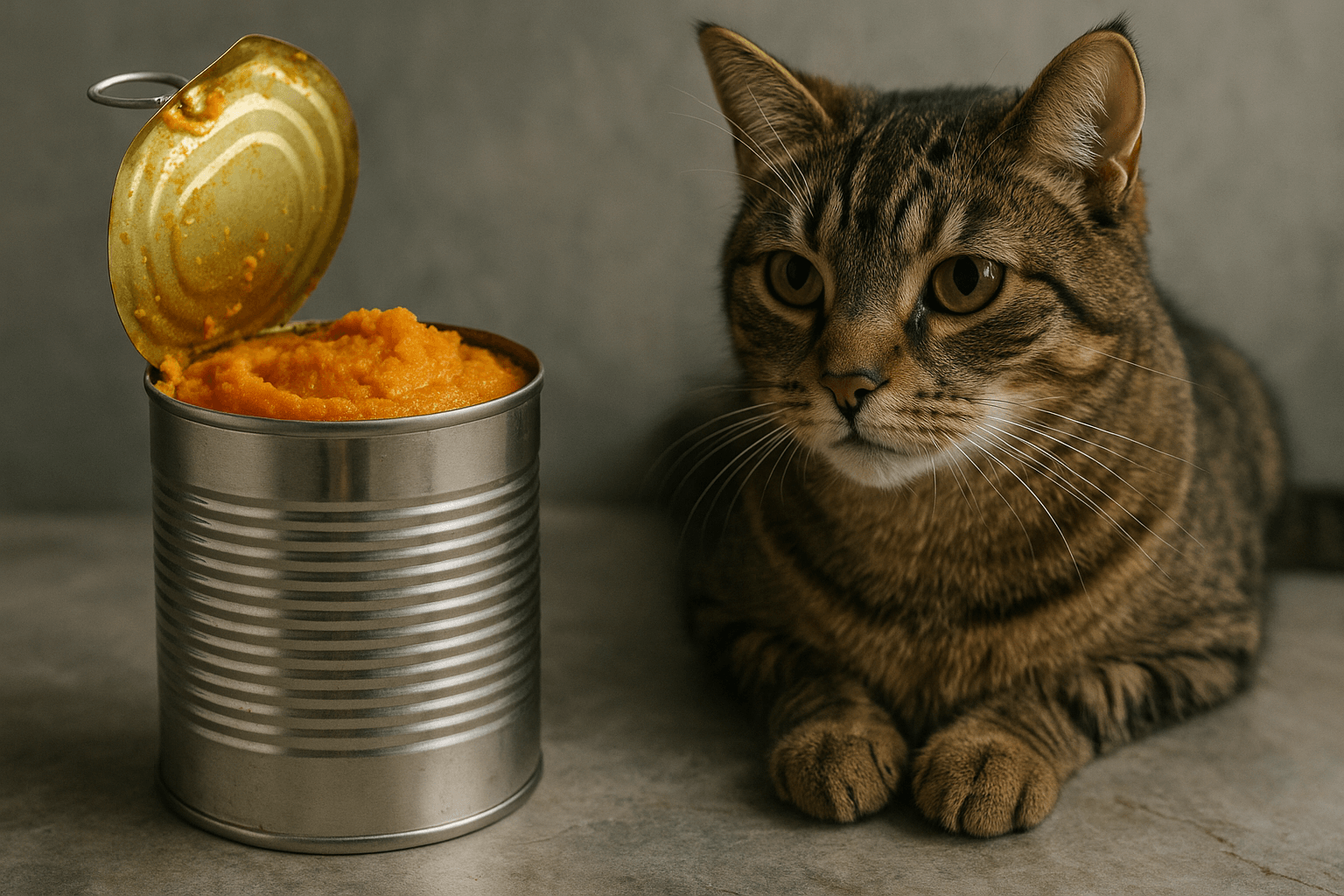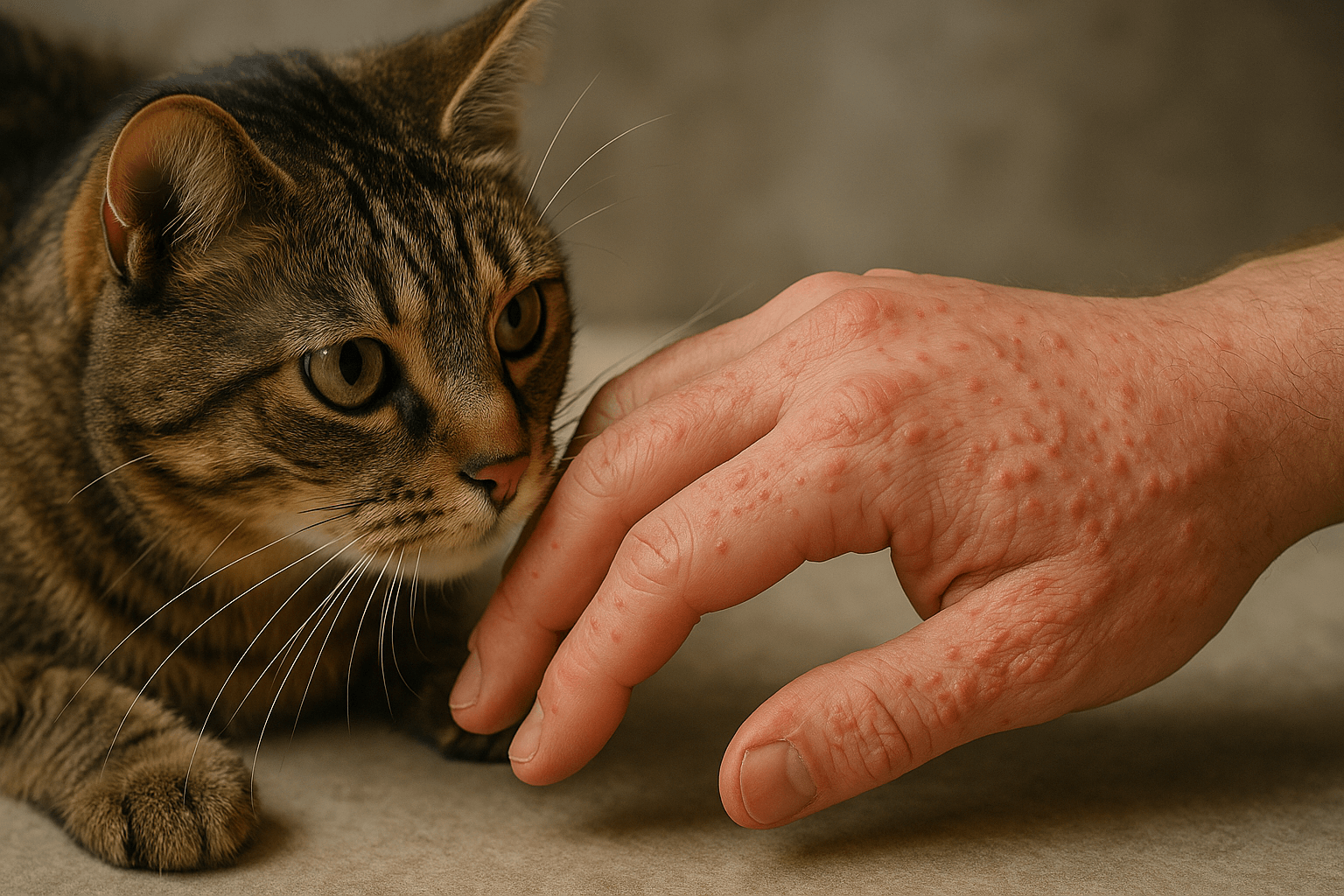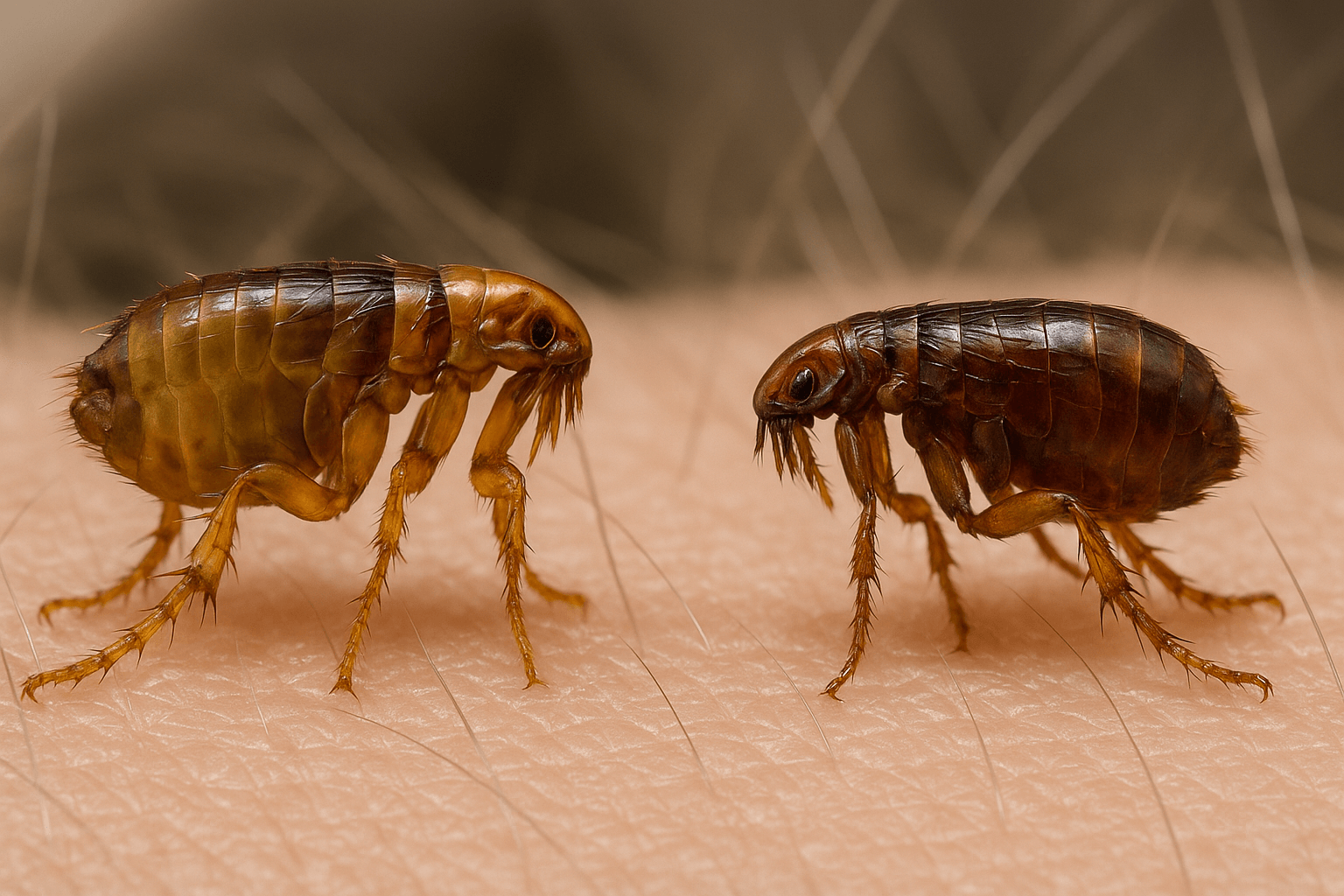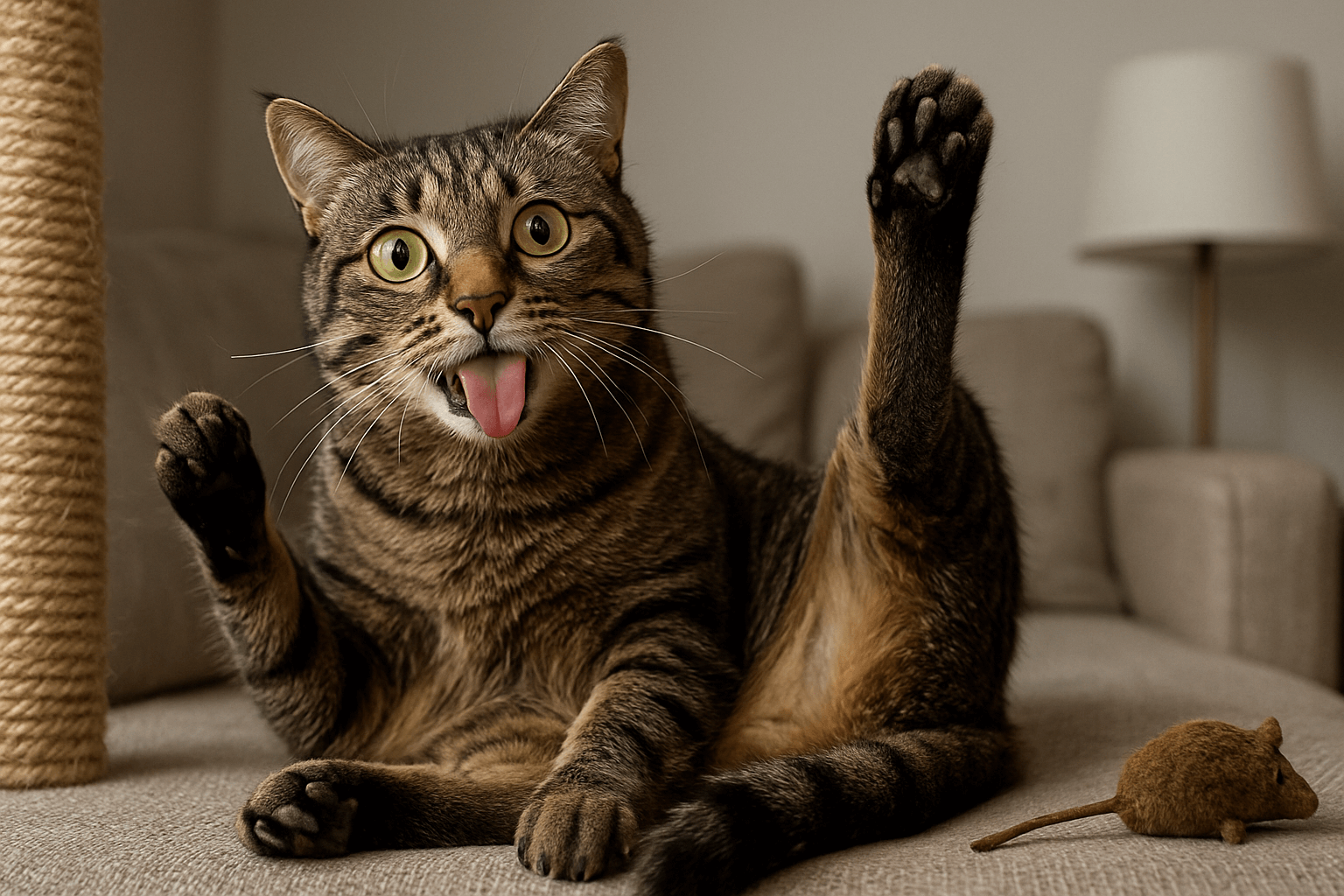Understanding Lick Granuloma in Cats
Lick granuloma, also known as acral lick dermatitis, is a condition where cats excessively lick or chew at a specific area of their body, leading to skin irritation, inflammation, and sometimes even open sores. While more commonly associated with dogs, this behavior can also occur in cats and often stems from underlying physical or psychological issues. As a cat owner, recognizing the signs of lick granuloma early is crucial for addressing the root cause and preventing further complications. In this blog post, we’ll explore what lick granuloma is, its potential causes, and how you can help your feline friend recover from this troubling condition.
Common Causes of Lick Granuloma in Cats
Lick granuloma in cats doesn’t develop overnight—it’s often the result of an underlying issue that triggers obsessive licking. Understanding these causes can help you address the problem effectively.
Allergies:
Cats with allergies to food, pollen, or household irritants may lick their skin to relieve itching and discomfort.Boredom or Stress:
A lack of mental stimulation or environmental stressors can lead to compulsive behaviors like excessive licking.Skin Infections:
Bacterial or fungal infections can cause localized irritation, prompting your cat to lick the affected area excessively.Pain or Injury:
Underlying pain, such as arthritis or trauma, may cause a cat to focus on a specific spot in an attempt to soothe the discomfort.Behavioral Disorders:
Conditions like obsessive-compulsive disorder (OCD) can manifest as repetitive licking, even without an obvious trigger.
Identifying the root cause of lick granuloma is the first step toward effective treatment and relief for your cat.
Signs Your Cat May Have Lick Granuloma
Detecting lick granuloma early can prevent the condition from worsening. Look out for these telltale signs that your cat might be struggling with this issue.
Hair Loss in Specific Areas:
Excessive licking often leads to bald patches, especially on the legs, paws, or abdomen.Redness or Swelling:
The affected area may appear inflamed or irritated due to constant licking and chewing.Open Sores or Scabs:
Persistent licking can break the skin, resulting in painful sores or scabbing.Obsessive Licking Behavior:
If your cat spends an unusual amount of time focused on one area, it could indicate a problem.Changes in Mood or Appetite:
Cats with lick granuloma may become irritable, lethargic, or lose interest in food due to discomfort.
Recognizing these symptoms allows you to seek veterinary care promptly and provide your cat with the support they need.
Check this guide 👉Should I Let My Cat Lick Me? Best 7 Expert Tips!
Check this guide 👉Cat Licking Back Raw: Best 7 Health Tips!
Check this guide 👉Why Does My Cat Lick My Head? Best 7 Behavior Tips!

Physical Symptoms of Lick Granuloma | Potential Underlying Causes |
|---|---|
Hair loss in localized areas | Allergies (food, environmental, etc.) |
Redness and inflammation | Bacterial or fungal infections |
Open sores or scabs | Pain from injury or arthritis |
Swollen or thickened skin | Behavioral disorders (e.g., OCD) |
Obsessive licking behavior | Stress or boredom |
How to Treat Lick Granuloma in Cats
Treating lick granuloma requires a combination of addressing the underlying cause and managing the symptoms. Here are some steps you can take to help your cat recover.
Consult Your Veterinarian:
A vet can diagnose the condition and determine whether it’s caused by allergies, infections, or behavioral issues.Medications for Inflammation or Infection:
Antibiotics, antifungals, or anti-inflammatory drugs may be prescribed to treat secondary infections or reduce swelling.Allergy Management:
If allergies are the culprit, dietary changes or hypoallergenic shampoos can help alleviate symptoms.Behavioral Interventions:
Enrichment activities, such as interactive toys or puzzle feeders, can distract your cat and reduce compulsive licking.Protective Measures:
Elizabethan collars or protective bandages can prevent your cat from further irritating the affected area while it heals.
With proper care and attention, most cats can recover fully from lick granuloma and return to their happy, healthy selves.
Preventing Lick Granuloma in Cats
Prevention is always better than cure when it comes to lick granuloma. By taking proactive steps, you can reduce the risk of your cat developing this condition.
Provide Mental Stimulation:
Rotate toys, introduce new activities, and spend quality time playing with your cat to keep them engaged.Address Potential Stressors:
Minimize changes in your cat’s environment and provide safe spaces where they feel secure.Regular Grooming and Skin Checks:
Routine grooming helps you spot early signs of irritation or hair loss before they escalate.Maintain a Balanced Diet:
Feed your cat high-quality food to ensure they receive essential nutrients and reduce the risk of food allergies.Monitor for Behavioral Changes:
Pay attention to any unusual behaviors, such as excessive grooming, and address them promptly.
By fostering a healthy and stimulating environment, you can significantly lower the chances of lick granuloma occurring.
Understanding the Psychological Triggers of Lick Granuloma
While physical causes like allergies or infections often contribute to lick granuloma, psychological factors can also play a significant role. Addressing these triggers is essential for long-term recovery.
Anxiety and Stress:
Cats experiencing anxiety due to changes in their environment or routine may develop compulsive behaviors like licking.Lack of Social Interaction:
Cats that feel isolated or neglected may turn to excessive licking as a way to self-soothe.Boredom from Inactivity:
A lack of mental or physical stimulation can lead to repetitive behaviors, including obsessive licking.Separation Anxiety:
Cats left alone for extended periods may exhibit stress-related behaviors, including focusing on one area of their body.Past Trauma:
Cats with a history of abuse or neglect may develop lick granuloma as a coping mechanism for unresolved emotional distress.
By addressing these psychological triggers, you can help your cat feel more secure and reduce the likelihood of compulsive licking.
Natural Remedies to Support Healing
In addition to veterinary treatments, natural remedies can complement your efforts to manage lick granuloma in cats. These options focus on soothing the skin and promoting overall well-being.
Coconut Oil:
Applying small amounts of organic coconut oil to the affected area can moisturize the skin and promote healing.Aloe Vera Gel:
Pure aloe vera gel has anti-inflammatory properties that can reduce redness and irritation when applied topically.Oatmeal Baths:
A gentle oatmeal soak can provide relief from itching and soothe inflamed skin without causing further irritation.Herbal Supplements:
Calming herbs like chamomile or valerian root may help reduce anxiety-related licking when used under veterinary guidance.Dietary Adjustments:
Adding omega-3 fatty acids to your cat’s diet can improve skin health and reduce inflammation over time.
These natural approaches can enhance your cat’s recovery process while minimizing reliance on harsh medications.
When to Seek Immediate Veterinary Attention
While some cases of lick granuloma can be managed at home, certain symptoms warrant immediate veterinary care to prevent complications. Knowing when to act ensures your cat receives timely treatment.
Bleeding or Pus Discharge:
If the affected area is bleeding heavily or oozing pus, it may indicate a severe infection requiring antibiotics.Signs of Pain or Aggression:
Cats in extreme discomfort may become aggressive or withdrawn, signaling the need for urgent care.Fever or Lethargy:
A fever or sudden drop in energy levels could suggest a systemic infection that needs professional attention.Rapid Spread of Lesions:
If the irritated area expands quickly or new sores appear, it may indicate an underlying condition requiring diagnosis.Failure to Improve:
If home treatments or initial interventions fail to show improvement within a week, consult your vet for further evaluation.
Recognizing these warning signs ensures your cat gets the care they need before the condition worsens.
Frequently Asked Questions About Lick Granuloma in Cats
What does lick granuloma look like in cats?
It typically appears as a bald patch, redness, or an open sore caused by constant licking or chewing.
Can lick granuloma be cured?
Yes, with proper treatment and addressing the underlying cause, most cases can be resolved successfully.
Is lick granuloma painful for cats?
It can be uncomfortable or painful, especially if the skin becomes infected or develops sores.
How long does it take to heal?
Healing time varies depending on the severity of the condition and the effectiveness of treatment but usually takes several weeks.
Can I treat lick granuloma at home?
While minor cases may improve with home care, it’s best to consult a vet to rule out serious underlying issues.
Supporting Your Cat Through Lick Granuloma
Lick granuloma in cats is a challenging condition that requires patience, understanding, and proactive care. By identifying the root cause, seeking veterinary advice, and implementing preventive measures, you can help your feline friend overcome this issue and enjoy a healthier, happier life. Remember, your cat relies on you to notice changes in their behavior and provide the love and care they need. With dedication and compassion, you can ensure your furry companion thrives, free from the discomfort of excessive licking and skin irritation.
Canned Pumpkin for Cat Diarrhea: Best 7 Expert Tips! Natural remedy to firm stools, soothe upset bellies, and support gut health safely.
Can a Cat Give You Scabies? Best 7 Expert Tips! Discover the truth about feline mites, human skin risks, and how to protect yourself—without panic.
Cat Flea vs Human Flea: Best 7 Expert Tips! Discover the truth about bites, species, and how to eliminate infestations for good.
Weird Cat Behaviors: Best 7 Expert Tips! Discover why cats do strange things—and how to understand, not punish, their instincts for a happier home.





